
News
Meet Jiangxi on Cultural and Natural Heritage Day
A photo gallery on the landscapes of Jiangxi Province is organized by the International Centre on Space Technologies for Natural and Cultural Heritage (HIST)to celebrate this year's Cultural and Natural Heritage Day, which falls on June 12.
HIST, hosted by the Aerospace Information Research Institute (AIR), Chinese Academy of Sciences (CAS), is the first UNESCO Category 2 Centre dedicated to promoting, testing and demonstrating the applications of space technologies for the conservation, management and sustainable development of globally significant natural and cultural heritage, biosphere reserves and geoparks.
China now has 55 sites inscribed on the UNESCO World Heritage list, which was established to safeguard unique and irreplaceable cultural and natural sites around the world.
Jiangxi in east China is home to four UNESCO World Heritage sites, six national cultural heritage sites , and three sites listed on UNESCO Geoparks.
Mount Lushan
Mount Lushan in Jiangxi is one of the spiritual centres of Chinese civilization. Buddhist and Taoist temples, along with landmarks of Confucianism, where the most eminent masters taught, blend effortlessly into a strikingly beautiful landscape which has inspired countless artists who developed the aesthetic approach to nature found in Chinese culture. Lushan National Park has been listed since 1996 as a UNESCO World Heritage Site.
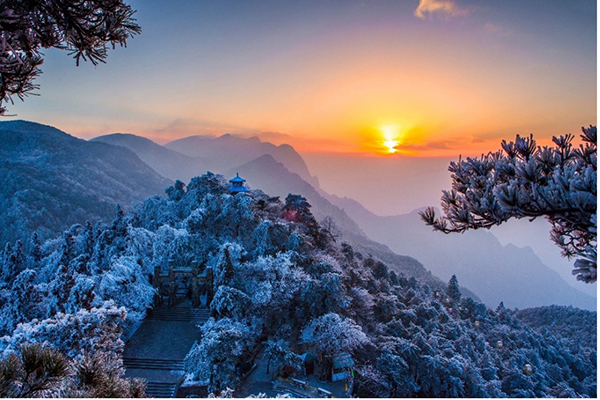
(Image credit: Weiwei)
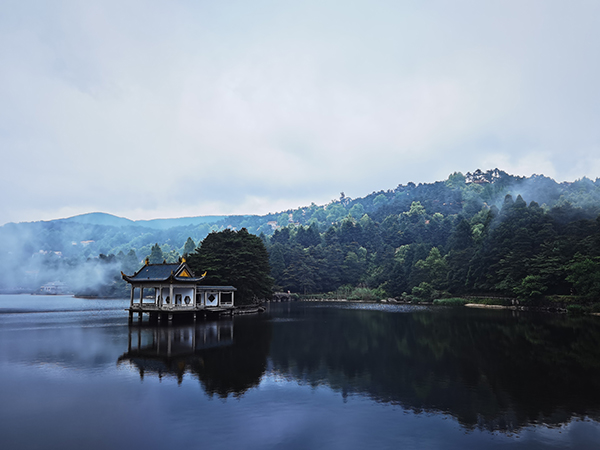
(Image credit: AIR)
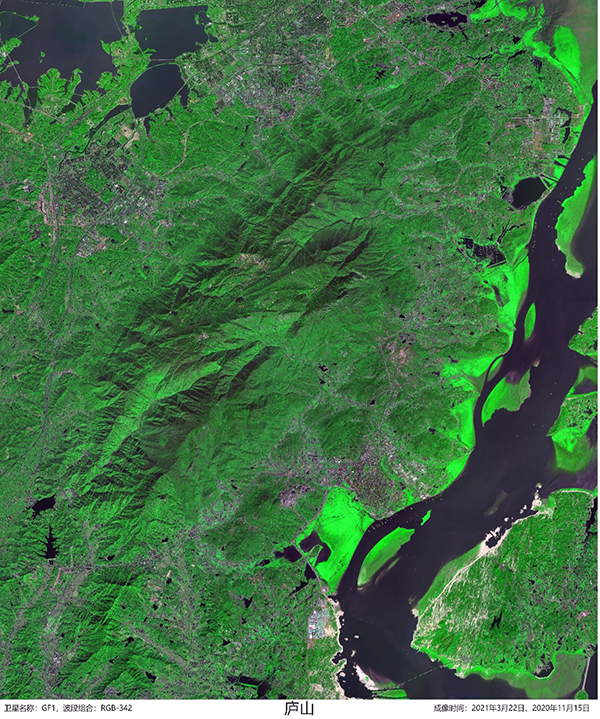
A remote sensing satellite image of Mount Lushan. (Image credit: AIR)
Mount Sanqingshan
Mount Sanqingshan National Park, located in the west of the Huyaiyu mountain range in the northeast of Jiangxi Province has been inscribed since 2008 for its exceptional scenic quality, marked by the concentration of fantastically shaped pillars and peaks: 48 granite peaks and 89 granite pillars, many of which resemble human or animal silhouettes. The natural beauty of the Mount Huaiyu is further enhanced by the juxtaposition of granite features with the vegetation and particular meteorological conditions which make for an ever-changing and arresting landscape with bright halos on clouds and white rainbows.
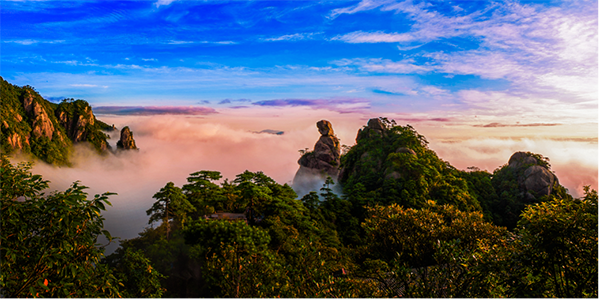
(Image credit: Sanqingshan Tourism Bureau)
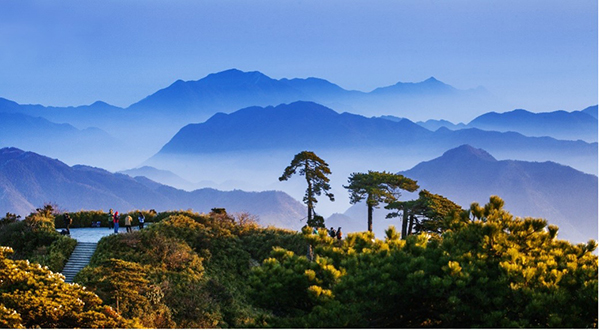
(Image credit: Sanqingshan Tourism Bureau)
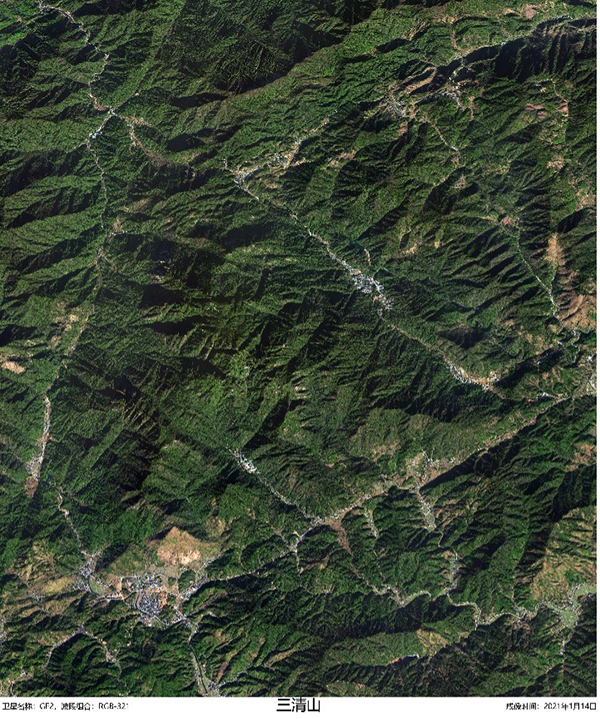
A remote sensing satellite image of Mount Sanqingshan. (image Credit: AIR)
China Danxia
Guifeng as a typical area of China Danxia is listed in World Natural Heritage Site in 2010.
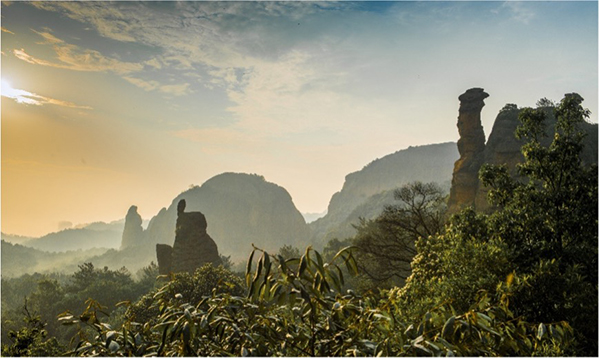
(Image credit: Jin Huajian)
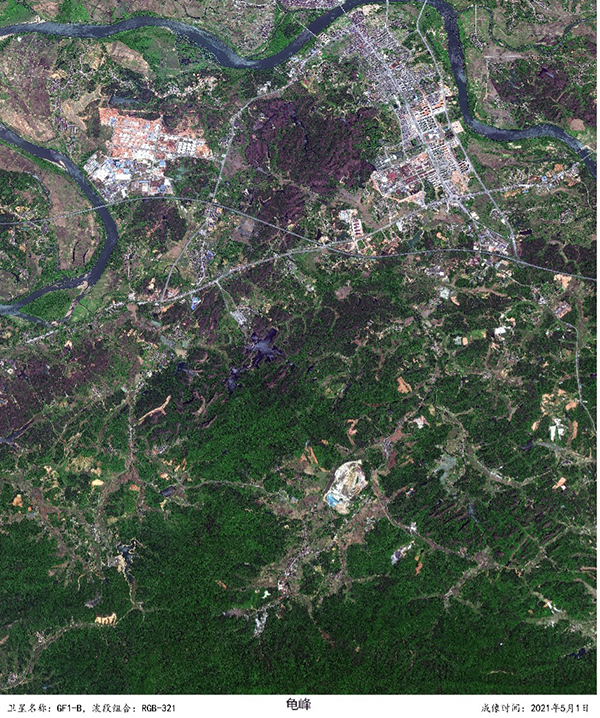
A remote sensing satellite image of Guifeng. (Image credit: AIR)
Wugong Mountains
Wugong Mountains are a range of mountains located in the west of Jiangxi, China. The Wugongshan National Geological Park is located in the area of the range. These mountains, mostly composed of granite, limestone, and gneiss, were isolated islands many millions years ago when the south of China was a vast ocean. These mountains are covered by fertile soil, together with abundant rainfall and moderated temperature, rendering this region full of vegetations and forests. In January 2020, it is chosen as a candidate of China to apply for the World Geopark to UNESCO.
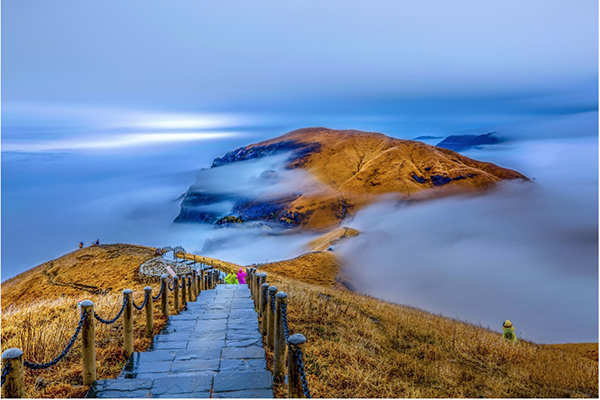
(Image credit: Huang Caizhao)
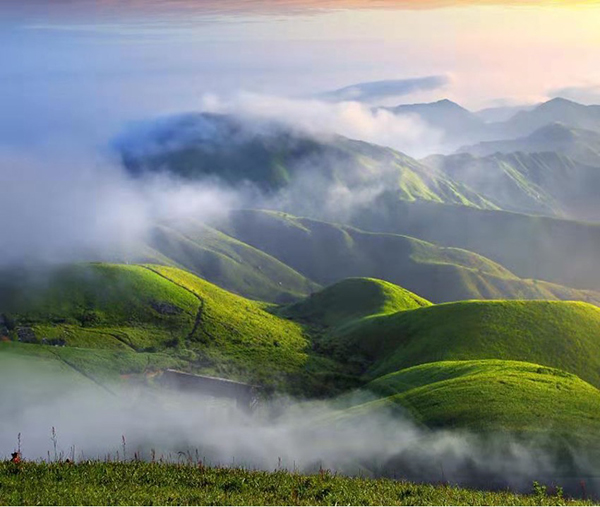
(Image credit: Liu Hongbing)
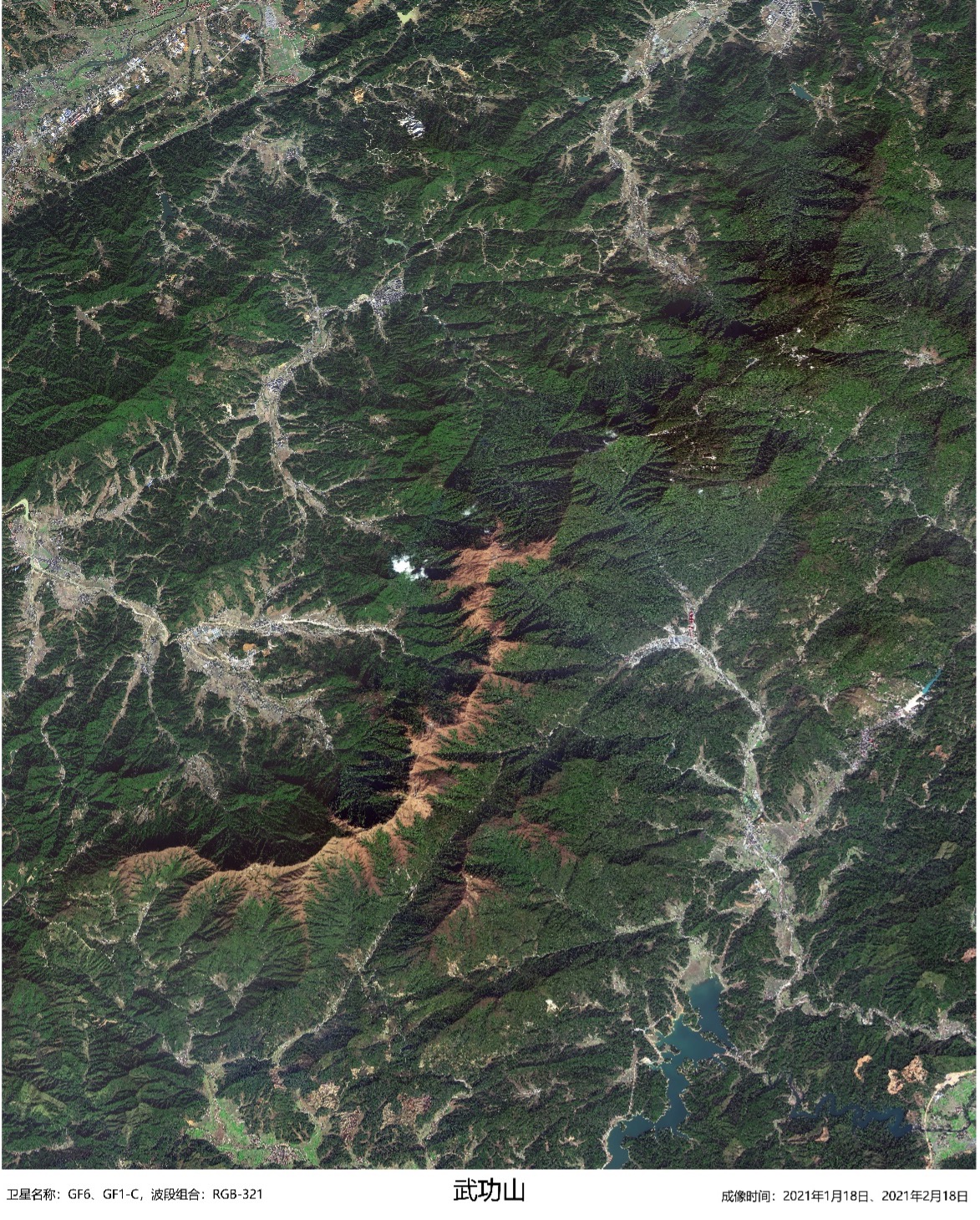
A satellite view of Wugong Mountains. (Image credit: AIR)
Jinggang Mountains
Jinggangshan Nature Reserve, located at south-west Jiangxi Province, has beenincluded in the UNESCO Man and the Biosphere (MAB) program in 2010.
It is the north part of Wanyang Mountain, which is the middle range of the Luoxiao Mountains, the boundary between Jiangxi and Hunan Province. The reserve has the largest continuous area of primary broad leaf forest ecosystem in the whole sub-tropical zone.Covering 213.5 square kilometers with a mid-subtropical humid monsoon climate and diverse landscapes, the mountain forests are well-preserved and are home to more than 40 state-protected animals.
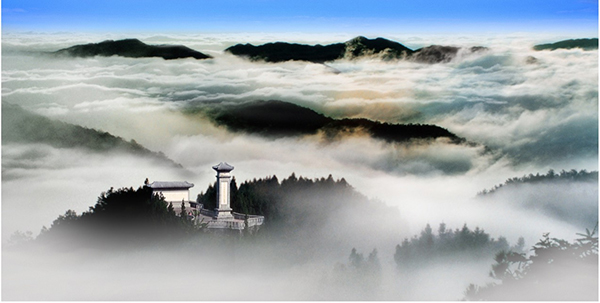
(Image credit: Jinggangshan Management Committee)

A remote sensing satellite image of Jinggang Mountains. (Image credit: AIR)



